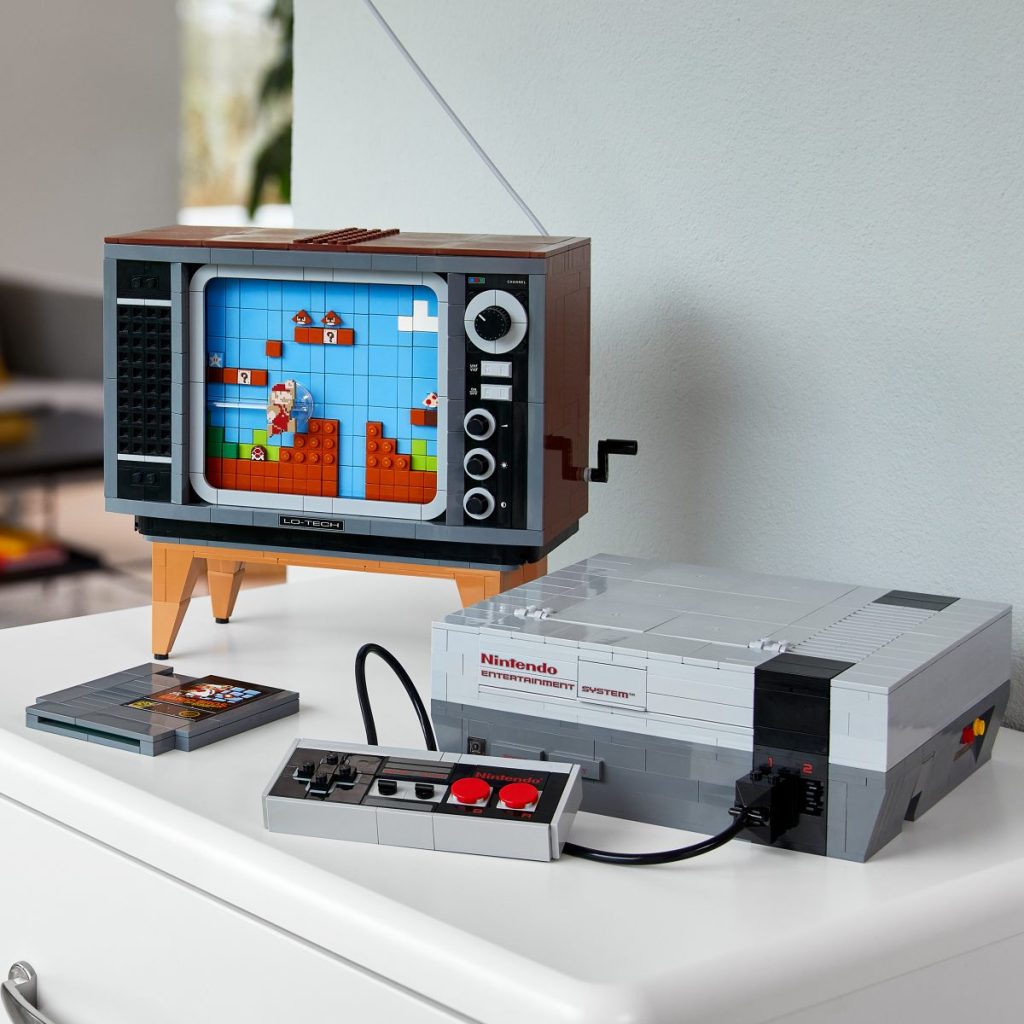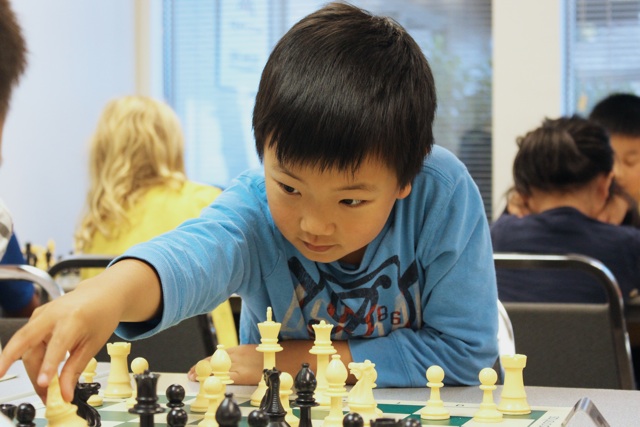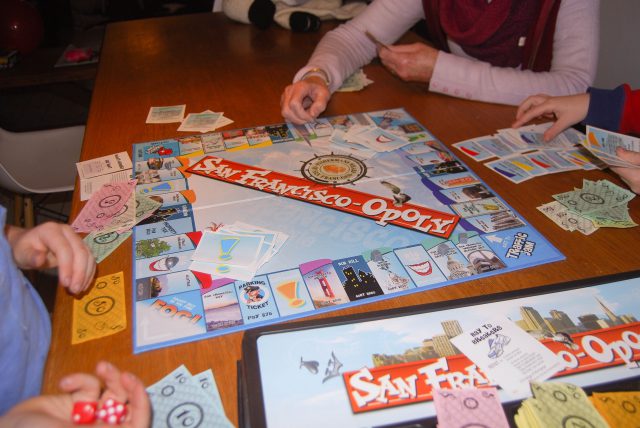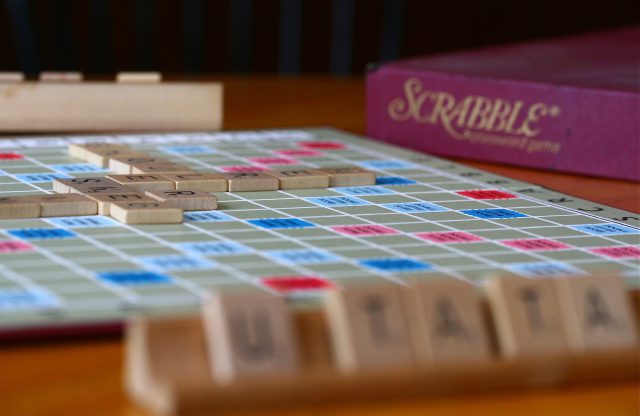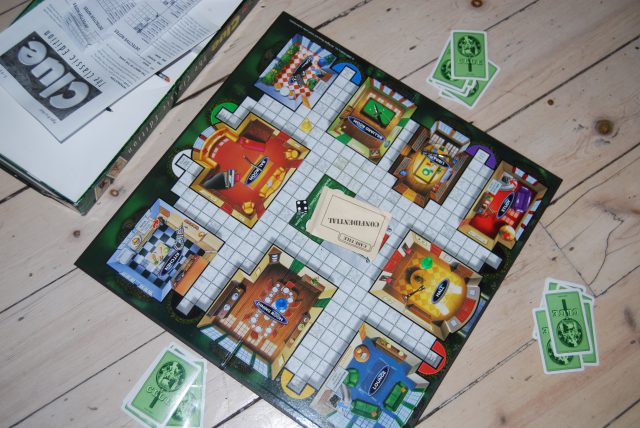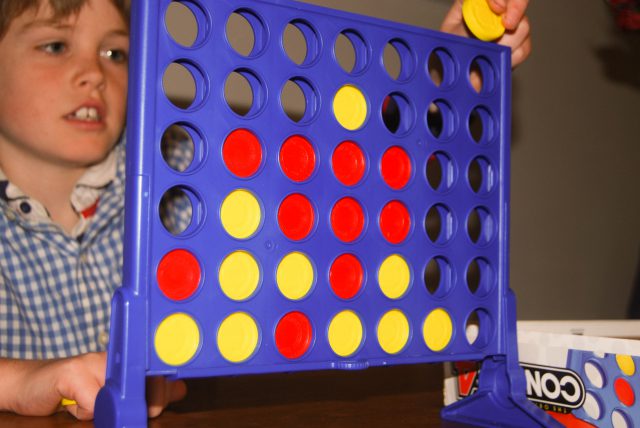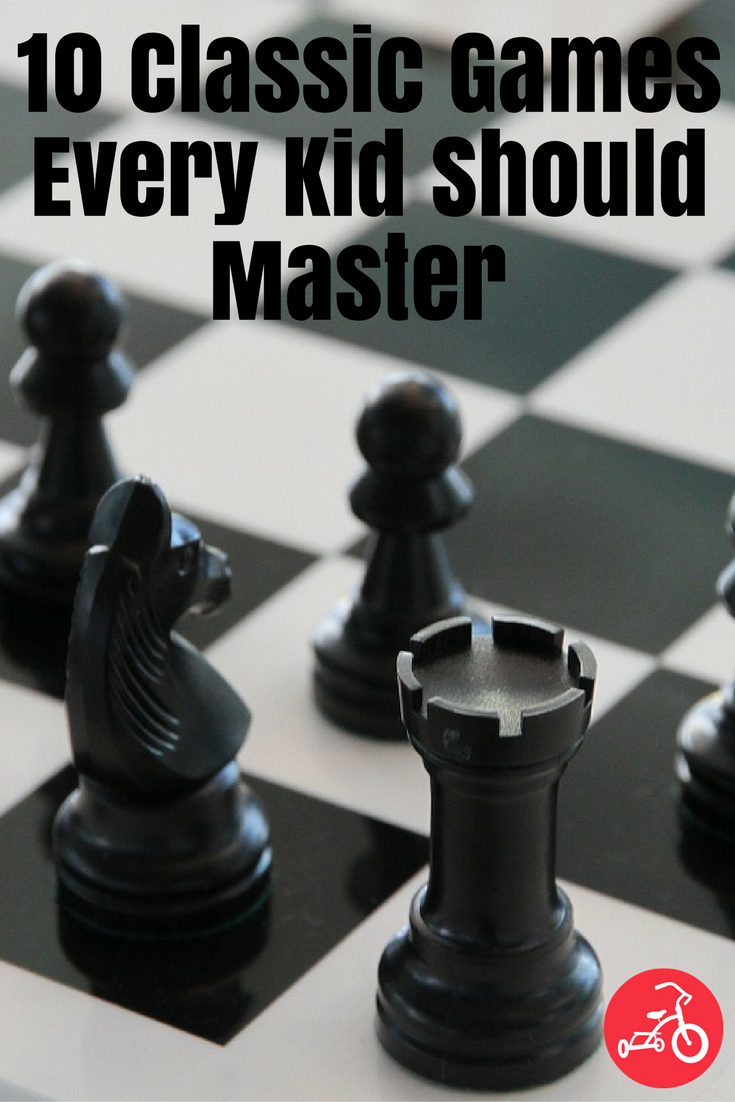A job with a flexible schedule is the most desirable flexible work arrangement second only to remote work. To highlight the types of companies that hire for flexible schedule jobs, FlexJobs has compiled the top 30 companies hiring for flexible schedule jobs this summer. This list is based on an analysis of over 52,000 companies and looks specifically at their flexible schedule job posting histories in FlexJobs’ database between Jun. 1, 2020 and Jul. 20, 2020.
Especially as many schools consider distance learning this fall due to the coronavirus pandemic, flexible schedule jobs could dramatically help working parents and other caregivers balance their professional and personal responsibilities during this unprecedented time
“Flexible schedule jobs are a great work flexibility option that puts employees more in control of their day so they can create their ideal arrangement, which may even change day by day,” said Sara Sutton, founder and CEO of FlexJobs. “Especially as many schools consider e-learning this fall due to the pandemic, flexible schedule jobs could dramatically help working parents and other caregivers balance their professional and personal responsibilities during this unprecedented time,” Sutton concluded.

A “flexible schedule job” refers to jobs that allow workers to vary their hours and mostly be in control of the hours they work. Companies hiring for flexible schedule jobs offer a range of opportunities across many industries and career levels. Additionally, many flexible schedule jobs also allow for remote work. There are primarily six different types of flexible schedules:
Completely Flexible Schedule
A completely flexible schedule is just that, a fully flexible schedule. These types of schedules give the worker control over start times and end times. For some, this means putting hours in early in the morning, then a few in the afternoon, some more late at night, and finishing out the rest of the scheduled hours on the weekend.
Alternative Schedule
An alternative schedule is one in which work hours are scheduled outside of the typical 9-5. Second shifts and night shifts would qualify, as would weekend shifts. These types of schedules free up the normal daytime business hours.
Compressed Workweek
The compressed workweek takes your typical 40-hour, Monday through Friday and compresses it into fewer days. Rather than working five days a week, a compressed schedule will lengthen the hours on three or four of those days, allowing for an additional day or two off per week. The most popular compressed schedules are three 12-hour workdays with four days off and four 10-hour workdays with three days off.
Results-Only Work Environment (ROWE)
Similar to the completely flexible schedule option, the ROWE option is focused more on results and productivity rather than the actual time put in. This means that as long as you get your work finished, and the end product is something to be proud of, you can work whatever hours it takes to complete it, even if it is less than the full-time status.
Split Shift
A split shift schedule means that you are splitting your hours throughout the day. For example, you may put four hours in during the morning, two more mid-afternoon, and end your evening putting in your last two hours. Another variant is putting in four hours in the morning and then four hours at night. The split shift schedule simply means that your schedule for the day is split to allow for other life happenings in between.
Flex Time
Many companies offer a flex-time option, and it usually pertains to starting and stopping times. Flex time offers workers the option to start their schedule earlier or later, but the hours are worked concurrently, and the schedule remains constant, usually until an official change request is submitted or a review is conducted.
The full list of thirty companies with the most flexible schedule jobs can be found here: https://www.flexjobs.com/blog/post/companies-for-flexible-jobs-v2/
—Jennifer Swartvagher
Featured photo: manny PANTOJA on Unsplash
RELATED STORIES
12 Online Jobs to Explore Right Now
Work at Home Tips from Work from Home Pros








